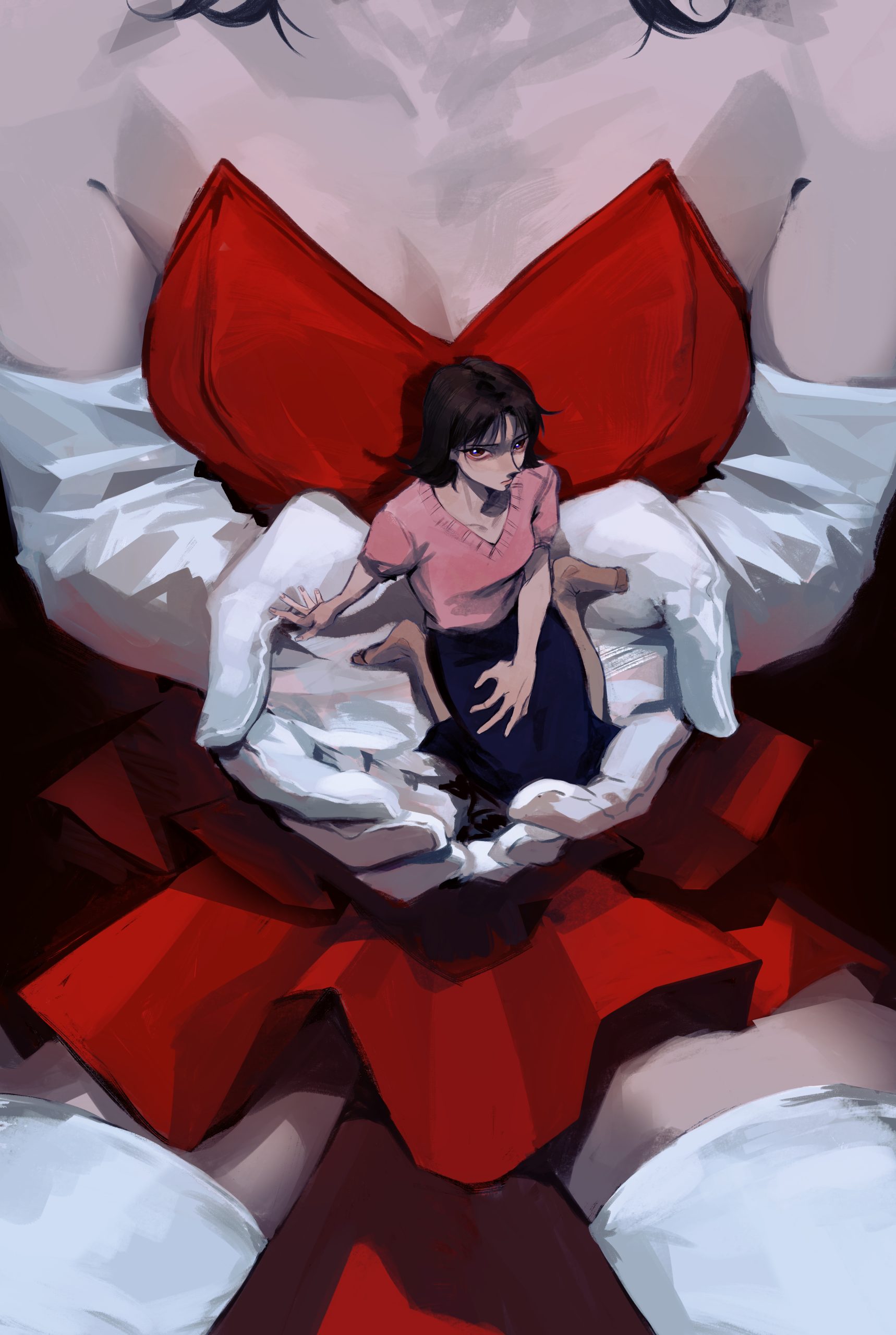By Sebastian Ching
Life, as we live it, appears to us as a successive series of events. It is the asymmetry of this that prompts the deepest of our anxieties. Examining events on their own ignores the totality of one’s lived experience and identity. Examining events in the present fails to fully contextualise the past, and memory is frustratingly fickle. In truth, the past simply cannot stand on its own before us; we can only retroactively reconstruct it to make sense of our present. This is its own paradox: all events are determined in the past, but also such events can be subject to reimagination and reinterpretation. As such, we cannot truly revisit the past, nor can we glimpse into the future beyond the certainty that death is a predetermined event. Our shared fatalism is not a particularly thrilling prospect. We are trapped within a vague notion of the present, its current directing us nowhere.
Simply put, we live our lives without fully knowing how it will unfold. Unlike most stories that possess the comfortable trappings of a defined genre or narrative, we never know for certain whether the choices we make are the ones we should have or the ones that truly represent the force of our whims and desires.
This anxiety has formed the basis for many a storied filmmaker’s attempts to push the limits of how film can portray our varied lived experiences, but it is the films of Wong Kar Wai that best capture the sense of alienation distinctly attributed to modernity. Oftentimes, the world moves so fast that one’s sense of time and memory gain a certain sense of fluidity, the visual representation of which is now synonymous with Wong and his frequent collaborator, cinematographer Christopher Doyle. I agree with these observations. These are stylistic and thematic elements present in all of Wong’s films. However, it is only when we appraise Wong’s filmography as a whole that we can truly appreciate what he is trying to achieve as an artist: to assemble the narrative of one’s lived experience and apprehend it in its totality. To do so, they must stand outside of the world they inhabit. Hence, Wong’s directorial and visual style is voyeuristic, intimate yet disconnected, characterised by a sense of lacking and yearning. It is then, a mischaracterisation if one simply considers his films to be sentimental or nostalgic. More precisely, they are an expression of grief, an inability to actualise and replicate the past within the present–to loop a single moment in eternity. Paradoxically, this is what a film can do.
Hence, Wong’s characters become a representation of the liminal space the artist occupies. In the Mood for Love is a fatalist’s romance: As vivid as Mr. Chow and Mrs. Su’s feelings are for one another, they will never act on those feelings. Indeed, the question of whether a relationship founded on an attempt to reenact their spouses’ infidelity and betrayal can ever survive the transition into one built on sincerity. Their relationship could have flourished, had they discovered one another after separation from their spouses. Instead, they find themselves in a twisted facsimile of a relationship. This tension between possibility, loss, and the passage of time is a topic continuously revisited by Wong throughout his work. Ashes of Time is a lamentation of lost love and opportunity. Its protagonist declares that once we experience the irreversible loss of another, the only thing we can do is to ensure we never forget them. Ironically, he remarks, that the more you intentionally try to forget someone, the less they recede from your mind. Your memory of them becomes ever more vivid.
The irreconcilability of creating a lasting connection amidst the currents of time is a constant theme throughout Wong’s work. This is perhaps singularly encapsulated in The Hand. It might also be the best expression of Wong’s filmography. A short film within the anthology film Eros, The Hand explores an unconventional romance between a courtesan and her tailor. Here the tailor cuts a lonely figure. Hunched alone in his workshop, the meticulous pattern cutting, shaping, and embroidery of his creations lend an air of unconsummated intimacy. Their relationship is an impossible one–the cause of their relationship is precisely what prevents its actualisation. They are left with only desire and imagination. Building up to a tragic and cathartic conclusion, The Hand is romantic to a fault.
Illustration by Paavas Bansal



